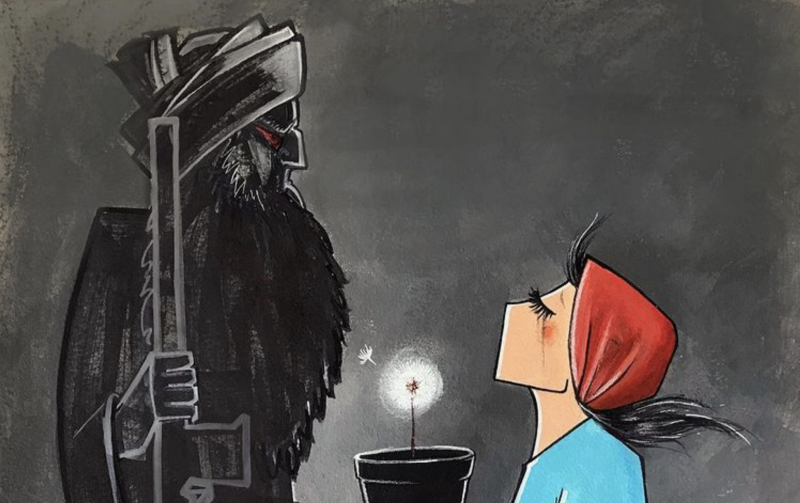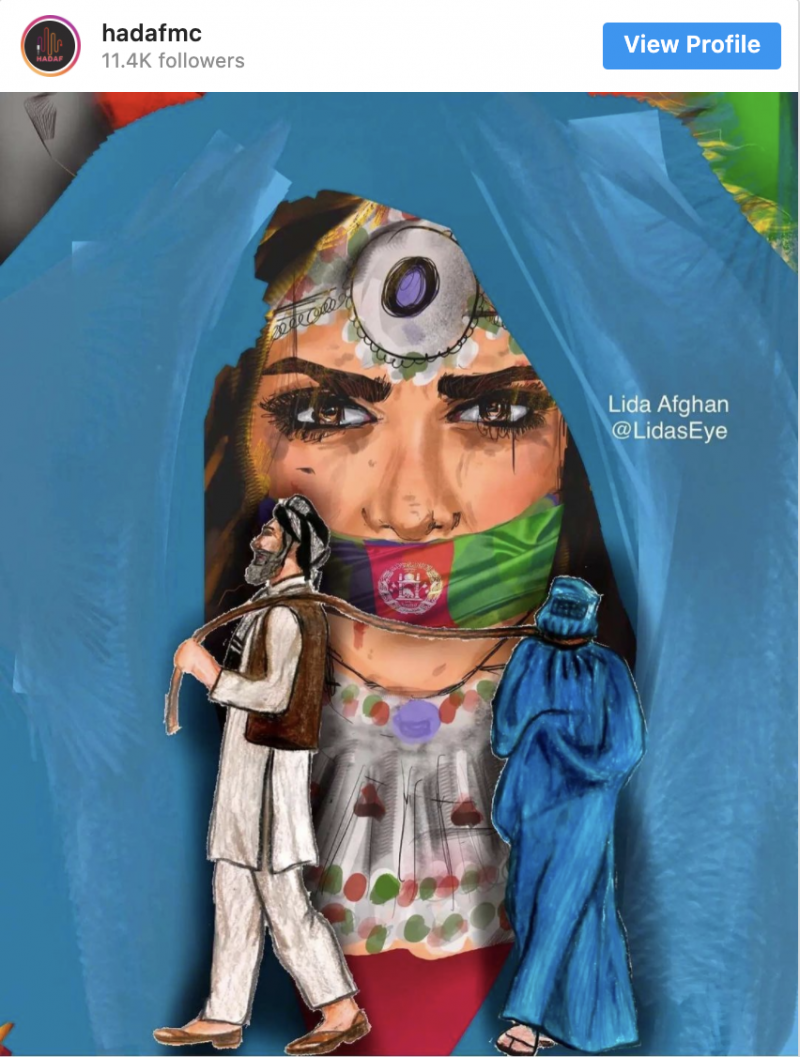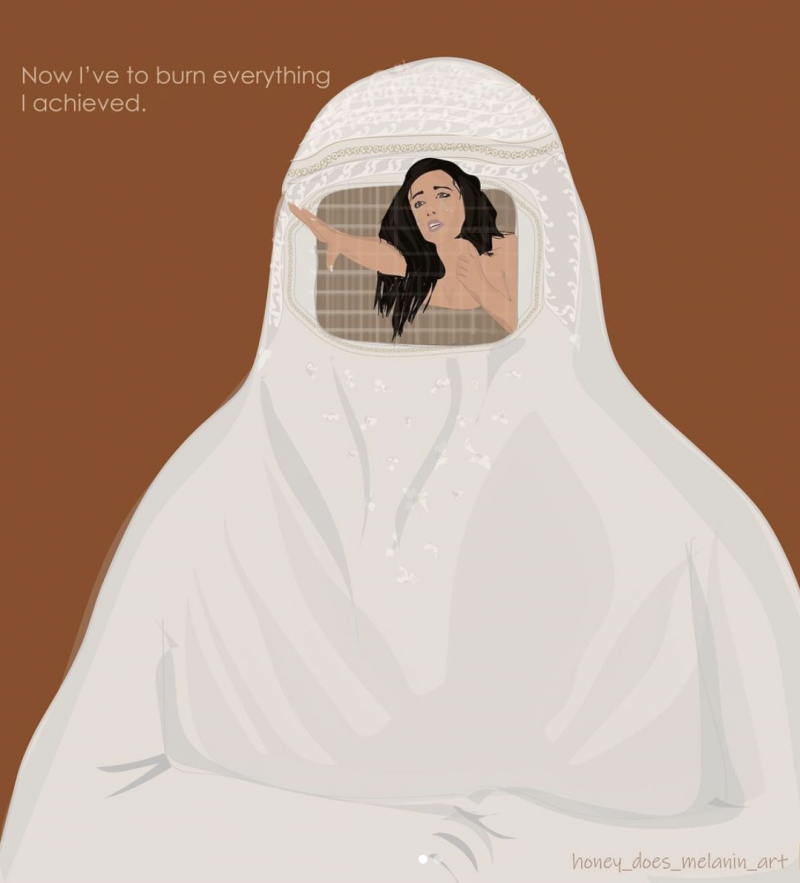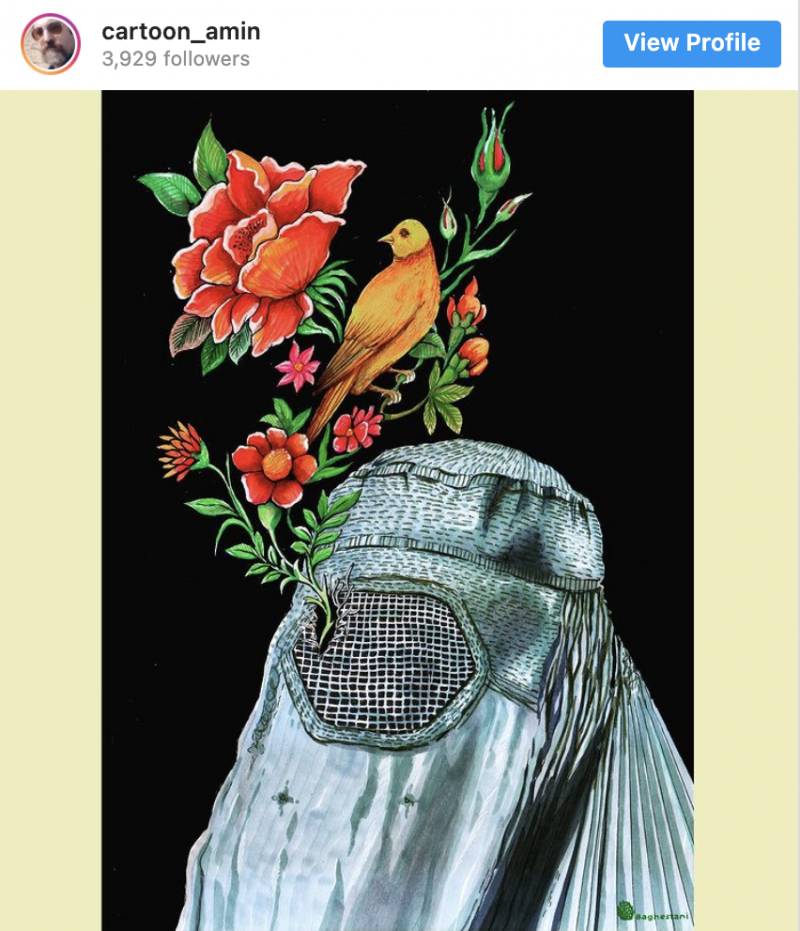Over the weekend, scenes of chaos unfolded in Kabul as the Taliban took control of Afghanistan. Taliban spokesman Suhail Shaheen made assurances to the BBC on Sunday, that “there will be no revenge on anyone,” and that women would still be permitted to attend school and work. But harrowing stories emerging on the ground in Afghanistan suggest otherwise. Many fear for the freedoms of art and culture.
One 24-year-old woman in Kabul wrote in The Guardian:
I can no longer laugh out loud, I can no longer listen to my favorite songs, I can no longer meet my friends in our favorite cafe, I can no longer wear my favorite yellow dress or pink lipstick. And I can no longer go to my job or finish the university degree that I worked for years to achieve.
While several prominent Afghan artists quickly took down their social media accounts, a handful have continued to express themselves in the face of a military organization that has previously banned—and destroyed—art in the country.
Omaid H. Sharifi, president of nonprofit ArtLords, continued to work on a mural in Kabul on Saturday. Sharifi told NPR, “I’m not sure I may be able to paint again or not. I’m not sure my organization will be there. I’m not sure if my paintings will be there tomorrow … But still, in this day, a couple of hours ago, I was painting in a street of Kabul. And I hope I will be able to do it again.”





